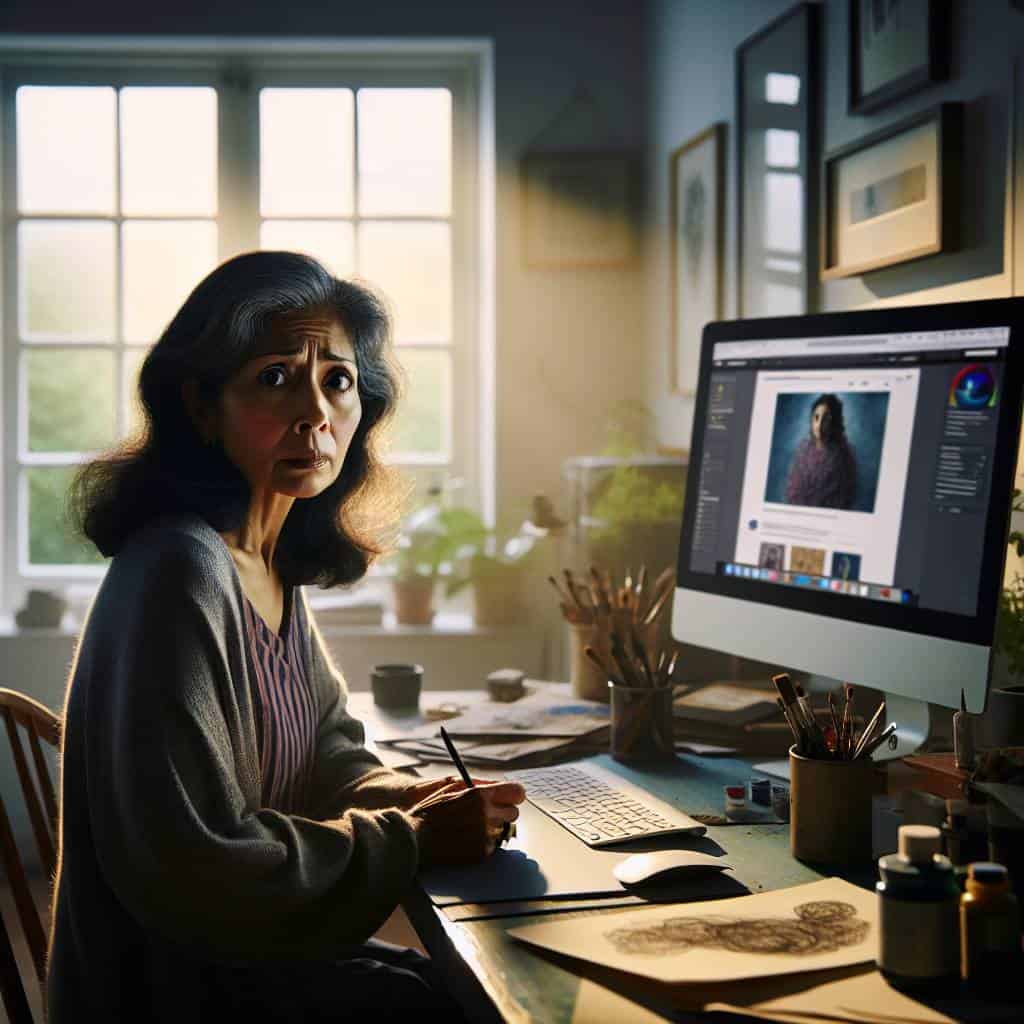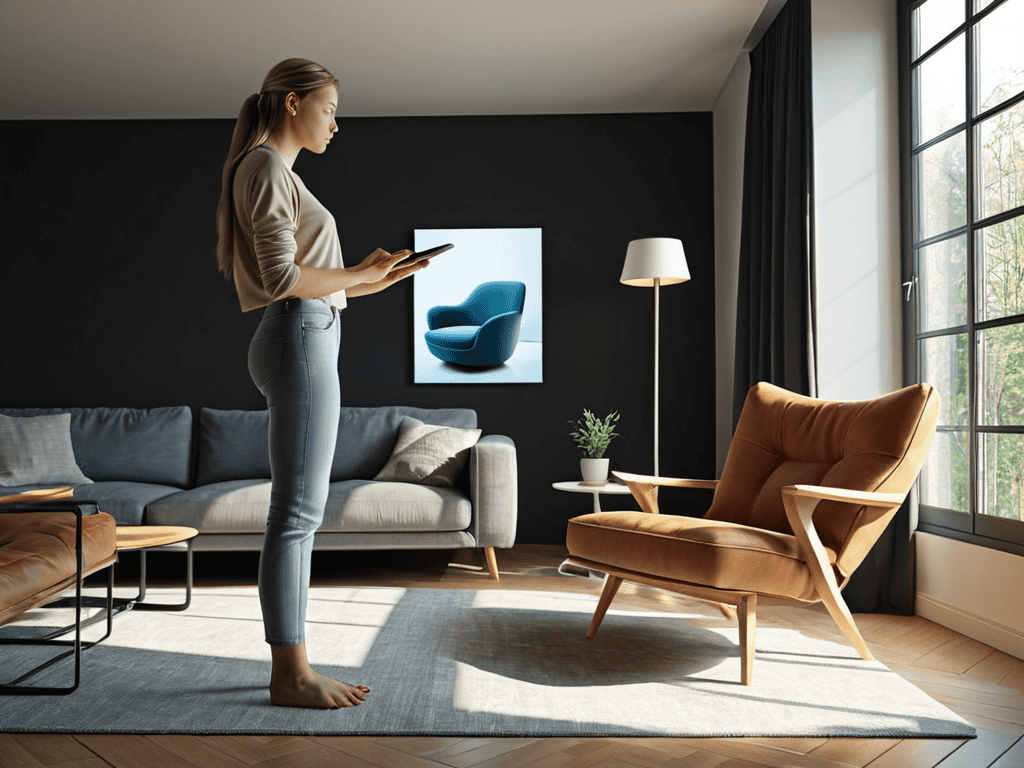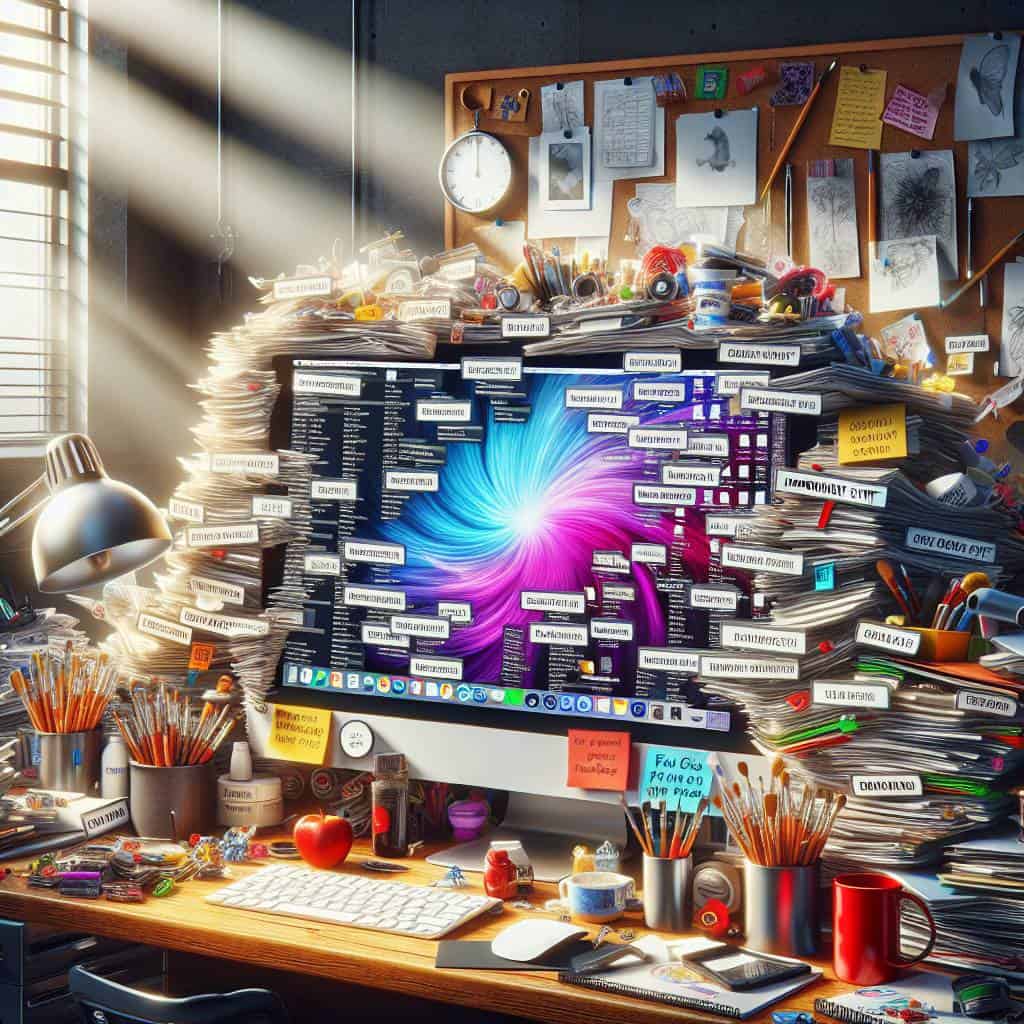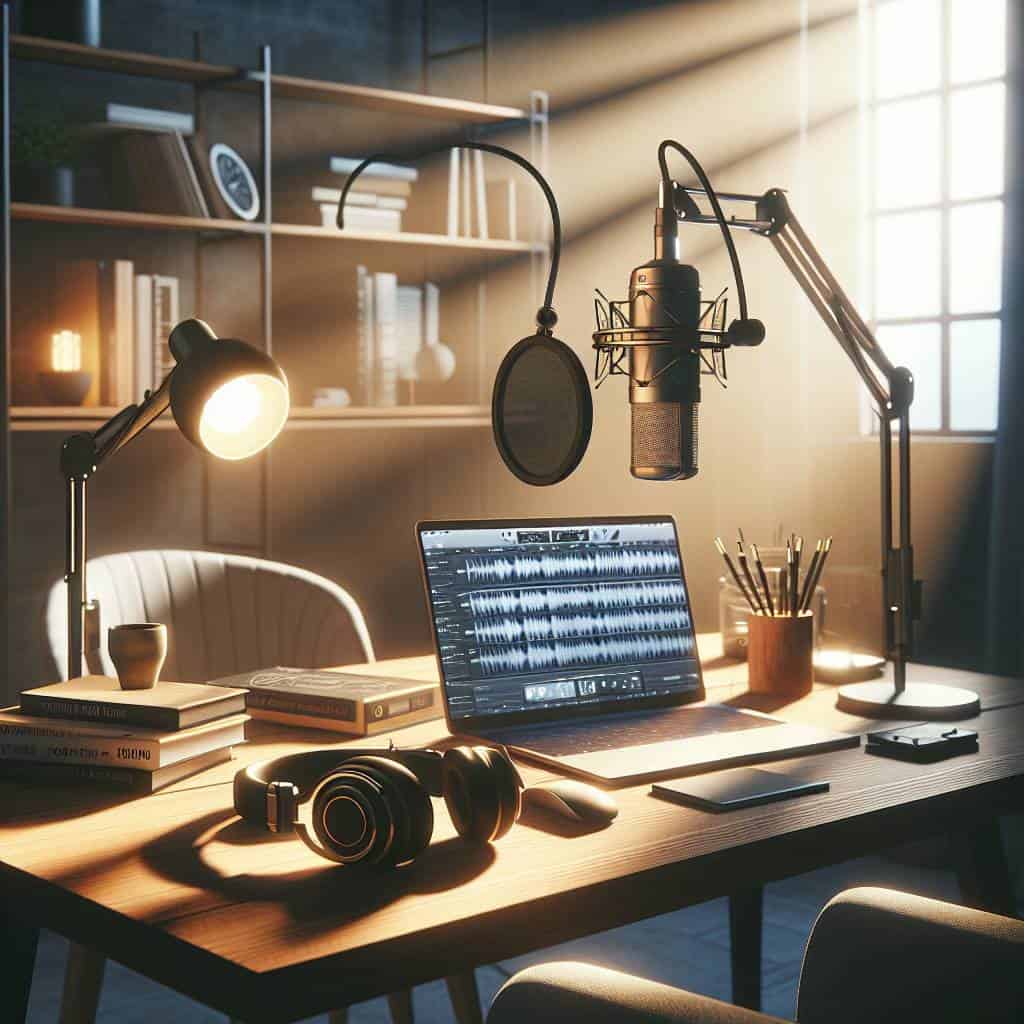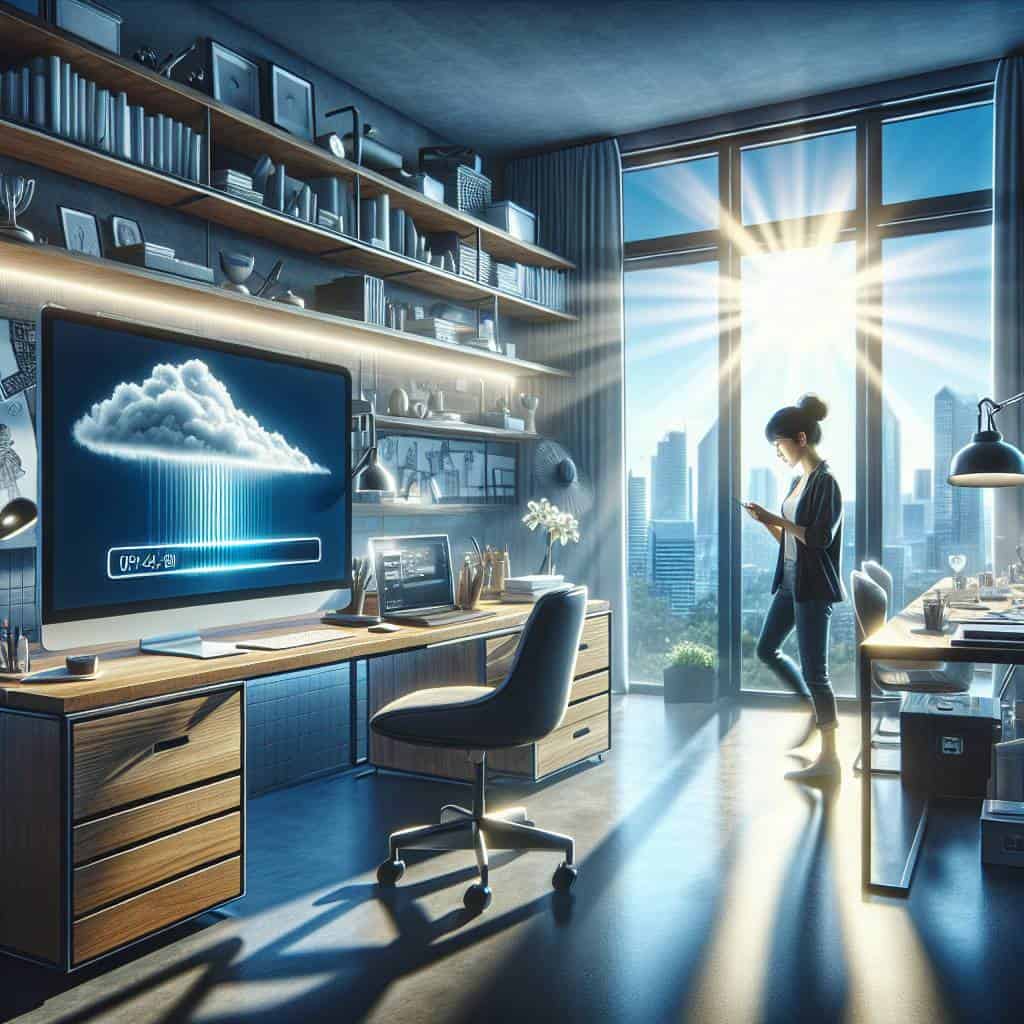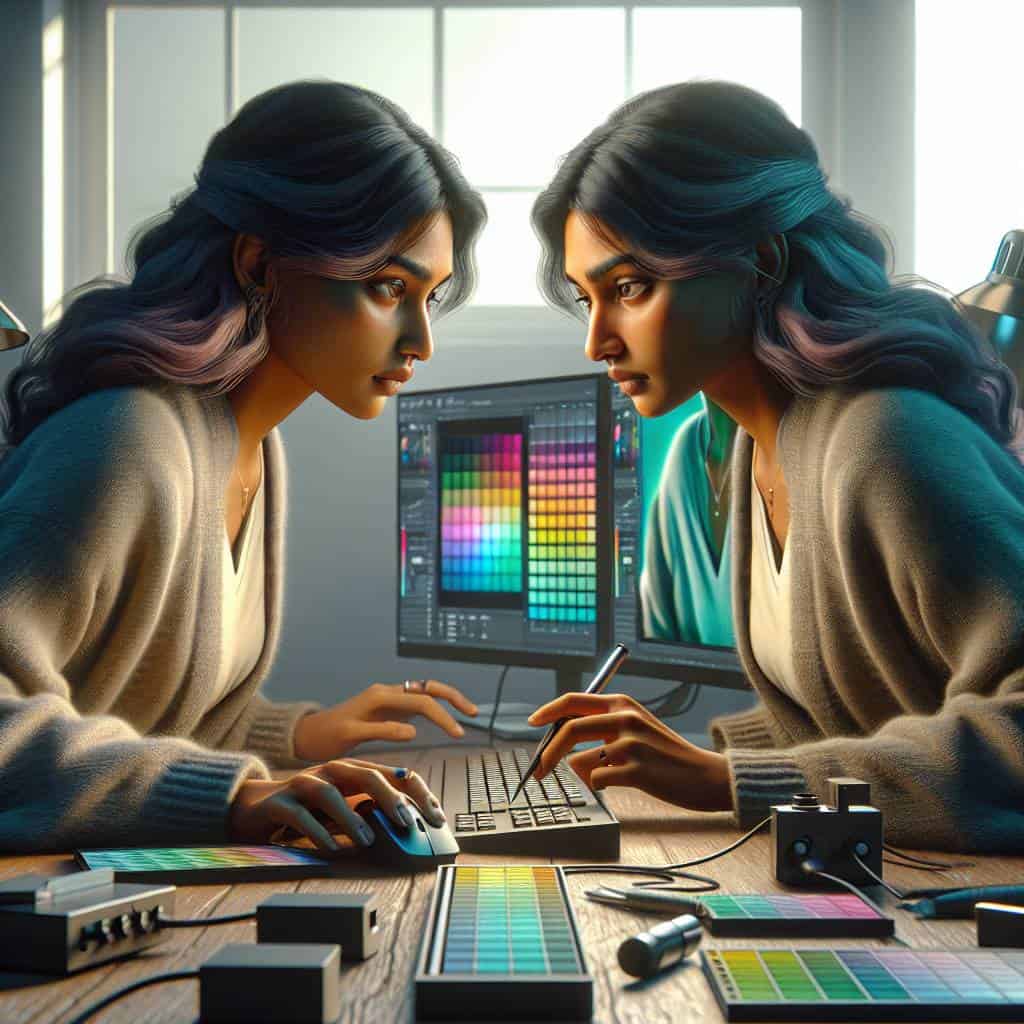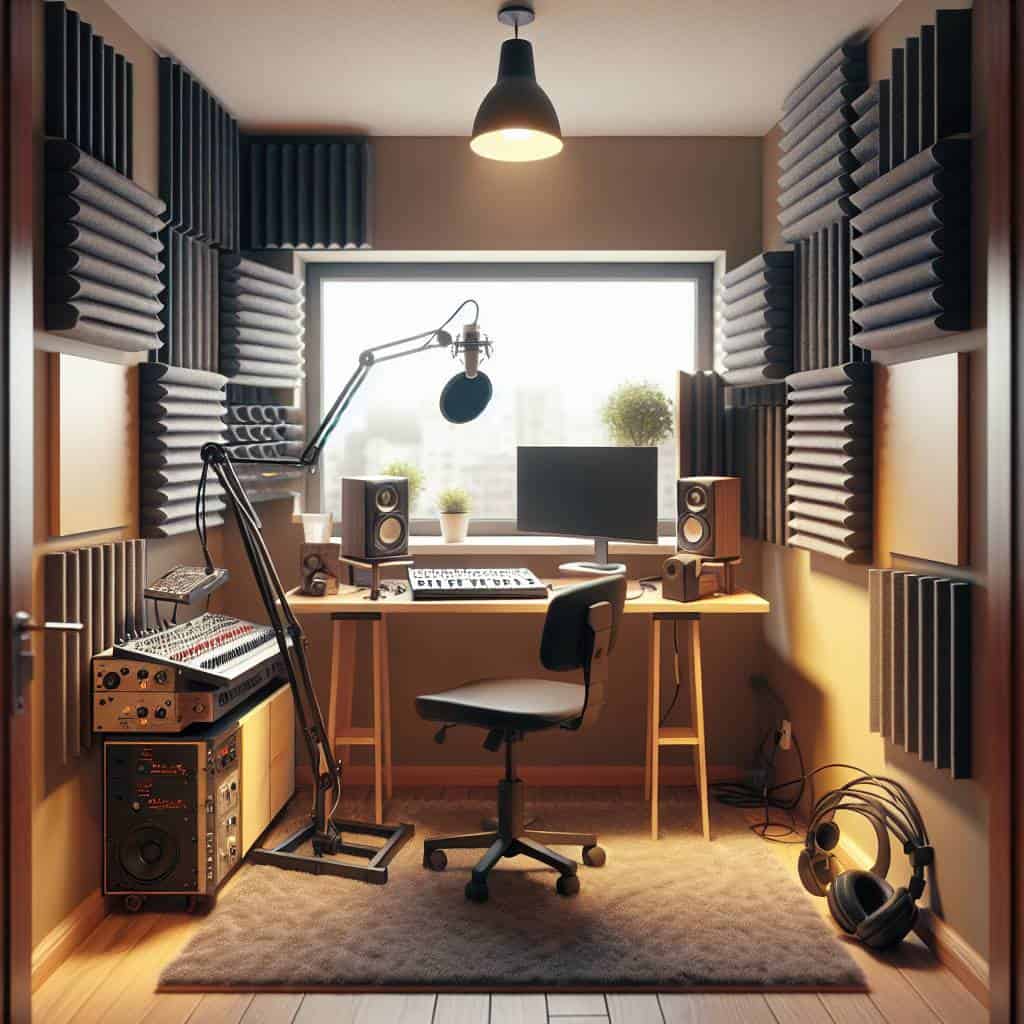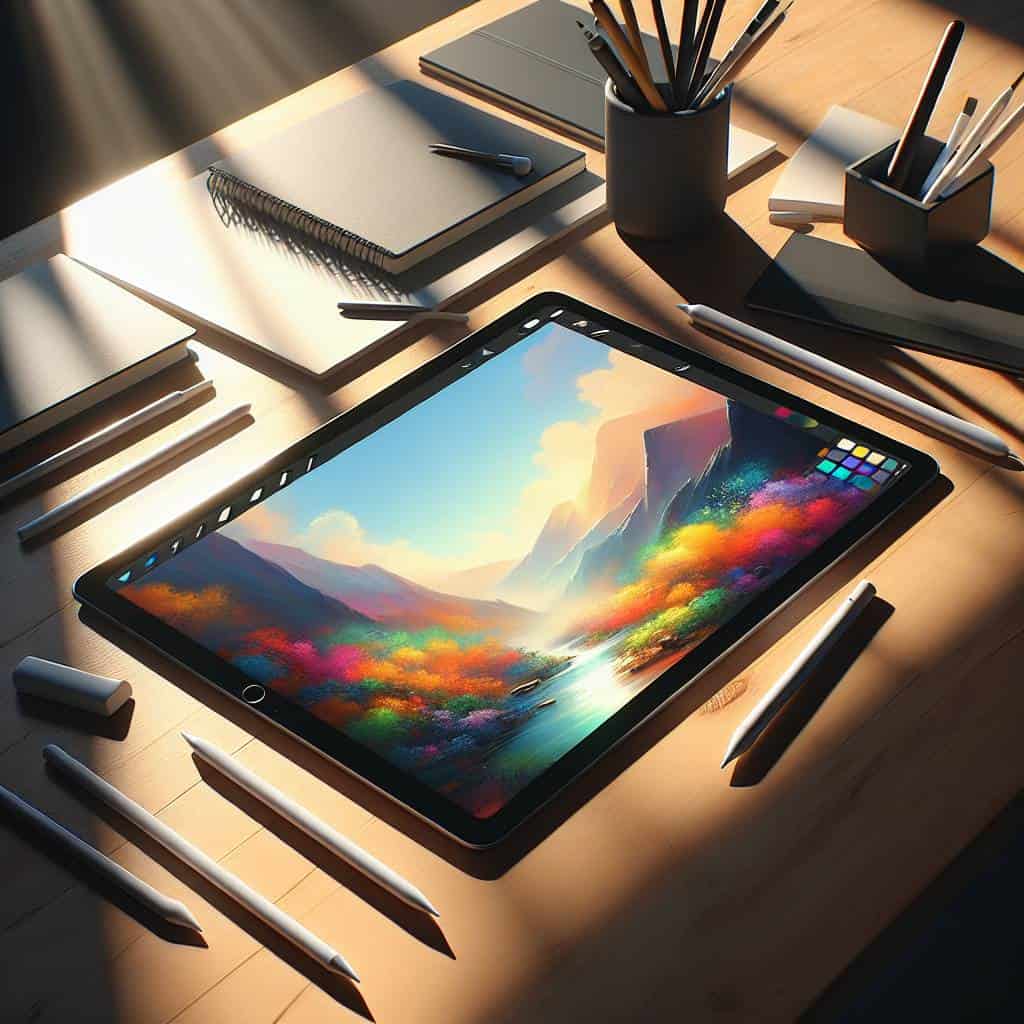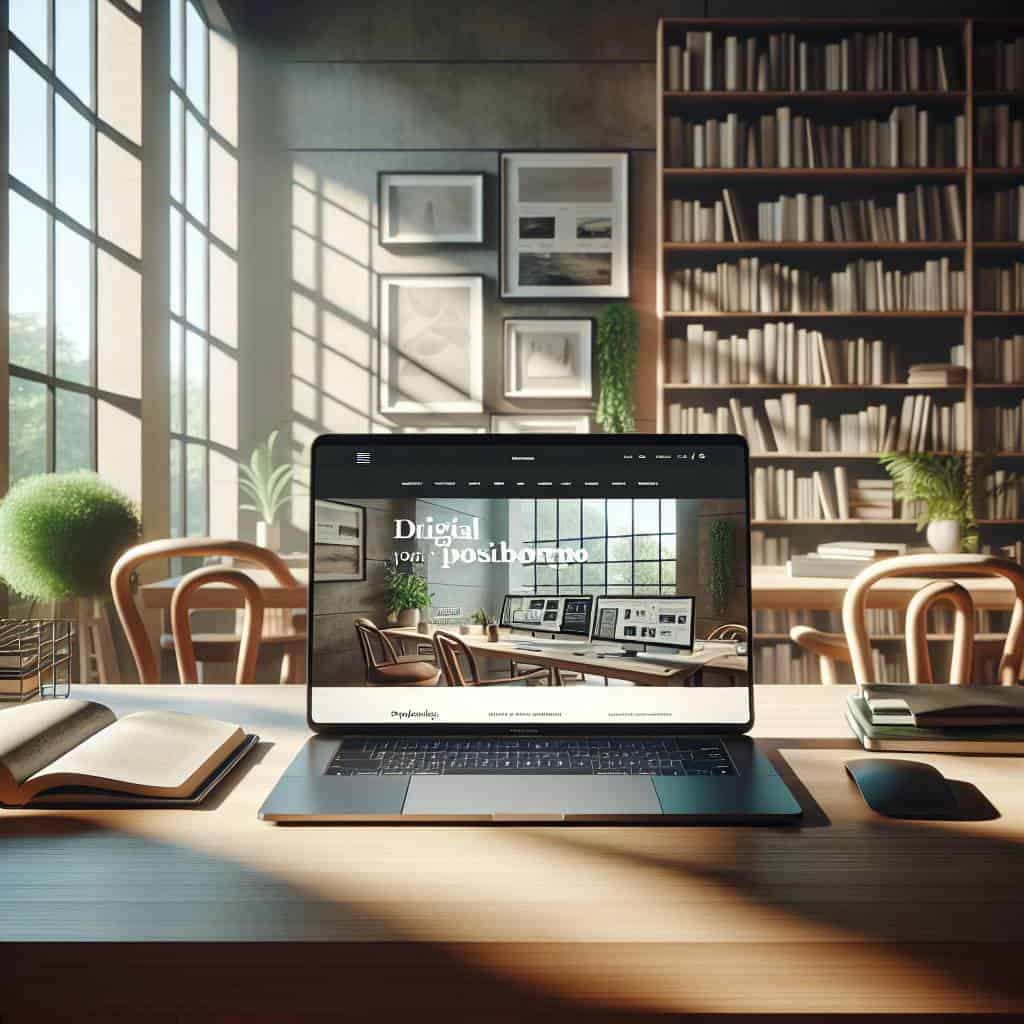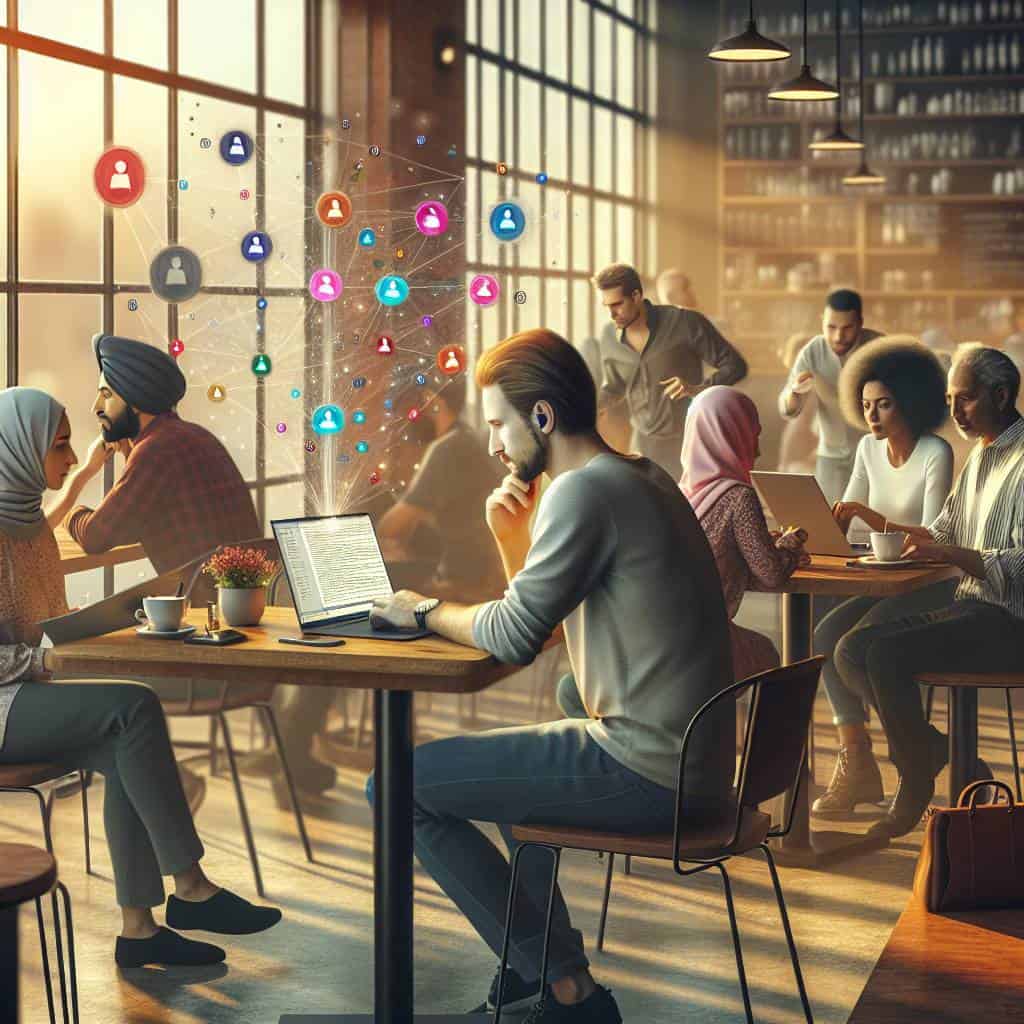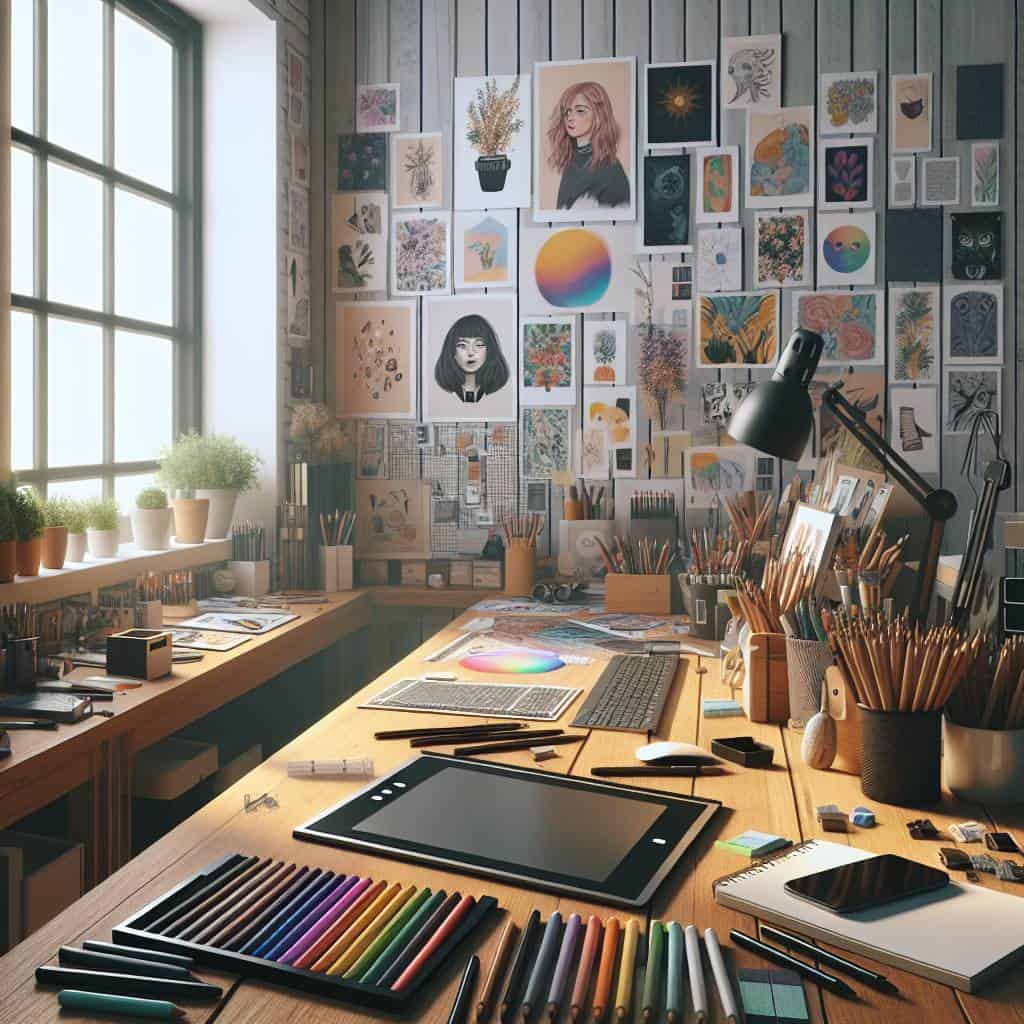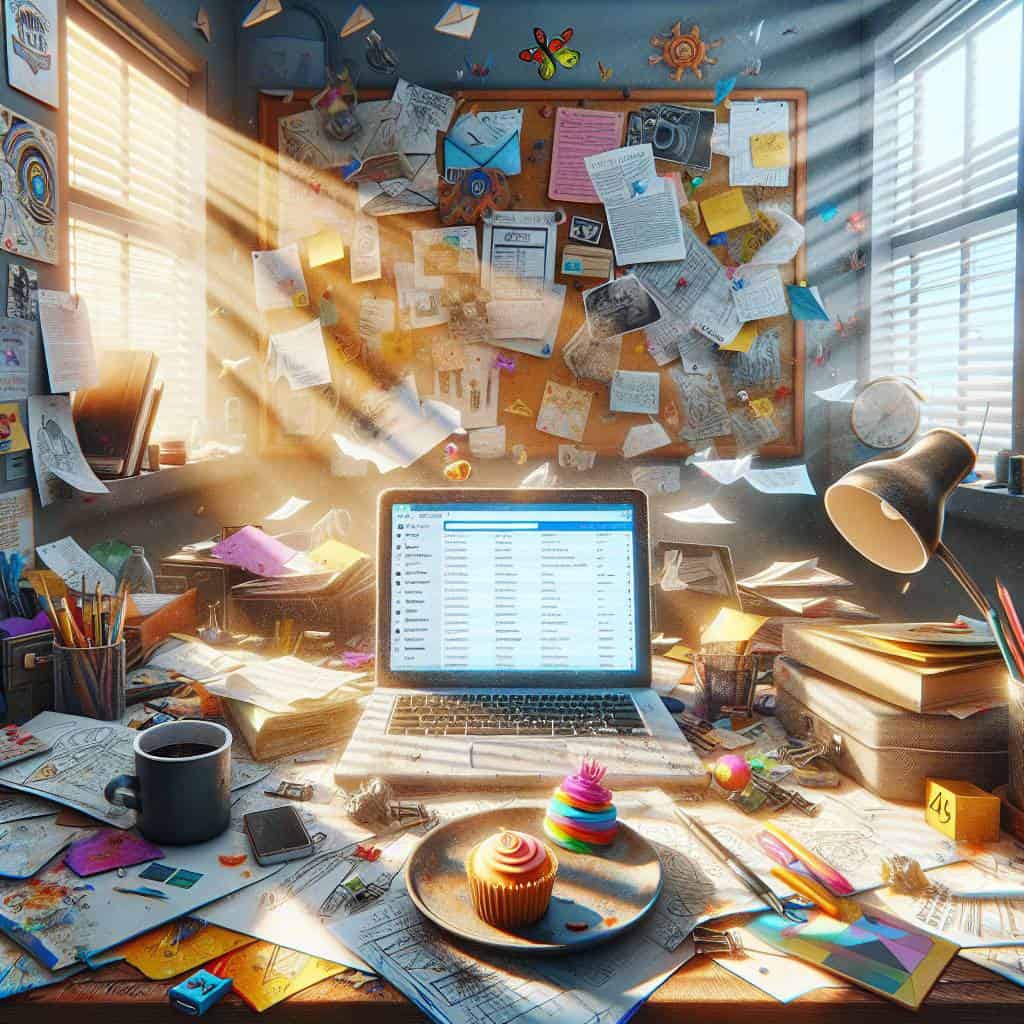I remember the first time I decided to buy a drawing tablet. It was supposed to be a straightforward task, like picking up milk at the grocery store. Instead, it felt like wandering into a labyrinth with no exit signs. Options sprawled before me like a digital jungle, each promising the world but delivering unending confusion. Wacom or Huion? Screen or no screen? My mind was a cacophony of specs and reviews, each more contradictory than the last. It’s ironic, really—a tool meant to simplify creativity instead sends you spiraling into an abyss of indecision. But hey, isn’t that the beauty of art? The chaos before the creation?
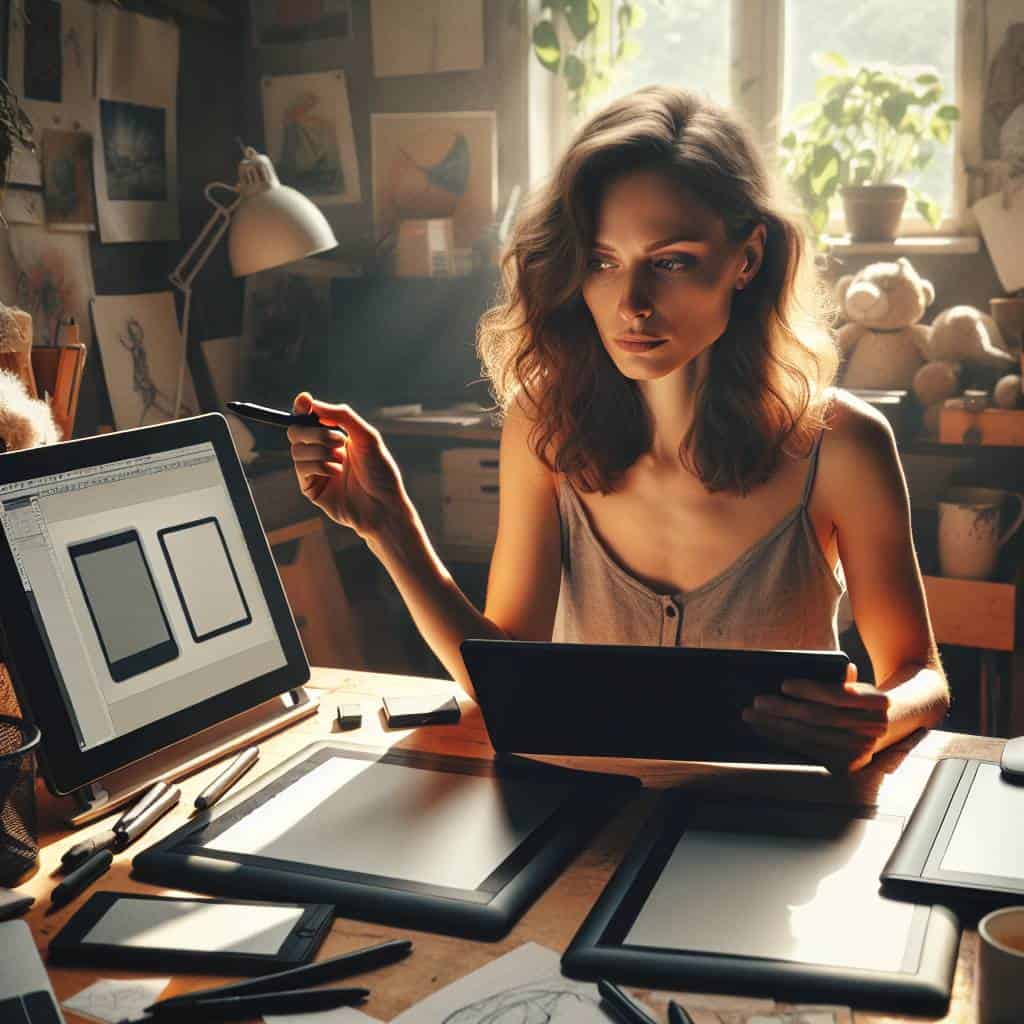
So, let’s sift through this digital mess together. I promise not to drown you in tech jargon or bore you with specs spreadsheets. We’ll navigate the quirks of Wacom’s high-end allure versus Huion’s budget-friendly charm. We’ll dive into the essentials for beginners and debate the need for a screen. By the end, you’ll know whether to pledge allegiance to the digital gods or just stick with pen and paper. Let’s turn this daunting decision into a journey worth taking.
Table of Contents
Wacom vs. Huion: The Clash of the Digital Titans and My Indecisive Heart
So here I am, caught in the crossfire of a digital duel that has my heart doing the cha-cha between Wacom’s legacy and Huion’s allure. It’s not just a matter of specs and numbers; it’s an existential crisis for anyone with a penchant for pixels. Wacom, the venerable grandmaster of the tablet world, offers the kind of reliability your grandma swears by—except it’s not about baking cookies, it’s about crafting masterpieces with its buttery-smooth pressure sensitivity and a screen that feels like silk under a stylus. But then there’s Huion, the scrappy underdog that has taken the art community by storm, flaunting features that make Wacom’s price tags look like a bad joke. It’s a bit like deciding whether to dine at a Michelin-star restaurant or feast on street food that might just change your life.
For beginners, this clash is an initiation into the art world’s secret society. Do you go for Wacom’s non-screen tablets that offer a zen-like detachment from digital distractions, or do you indulge in Huion’s vivid displays that pull you into a vortex of creativity? Each brand tempts with its own siren song: Wacom’s promise of time-tested quality versus Huion’s seductive price-performance ratio. Screen or no-screen, these choices are more than technical—they’re philosophical. Will you follow the well-trodden path of tradition, or will you veer off-road into the unexplored territories where Huion thrives? My indecisive heart sways like a pendulum, and maybe, just maybe, that’s the beauty of it all.
The Great Digital Dilemma
Choosing a drawing tablet is like deciding whether to trust a whisper or a shout. Wacom whispers in your ear with finesse, while Huion shouts with value. Both can create magic, but the spell is yours to cast.
The Silent Symphony of Pixels and Precision
In the end, choosing a drawing tablet wasn’t just about specs or brand wars. It was about finding that elusive harmony between hand and screen, like finally nailing the perfect shade of cerulean after a dozen failed mixes. I’ve spent hours pondering Wacom’s allure, with its legacy of reliability, versus Huion’s promise of innovation at a steal. It felt less like shopping and more like an existential crisis, where each choice whispered promises of creative nirvana—or the abyss of buyer’s remorse. But maybe that’s the true beauty of this journey. The thrill of the unknown, the dance with uncertainty.
Yet, amidst all the noise and chaos, I’ve realized one thing. It’s not the tablet that makes the artist; it’s the artist’s relentless pursuit of expression, regardless of the medium. Whether you’re clutching a Wacom or caressing a Huion, it’s your vision that breathes life into those digital canvases. So, here’s to the countless hours of sketching, erasing, and starting over. Here’s to the audacious dreamers who dare to turn pixels into poetry. Because in this pixelated universe, precision is the key to liberation, and every stroke tells a story worth sharing.
